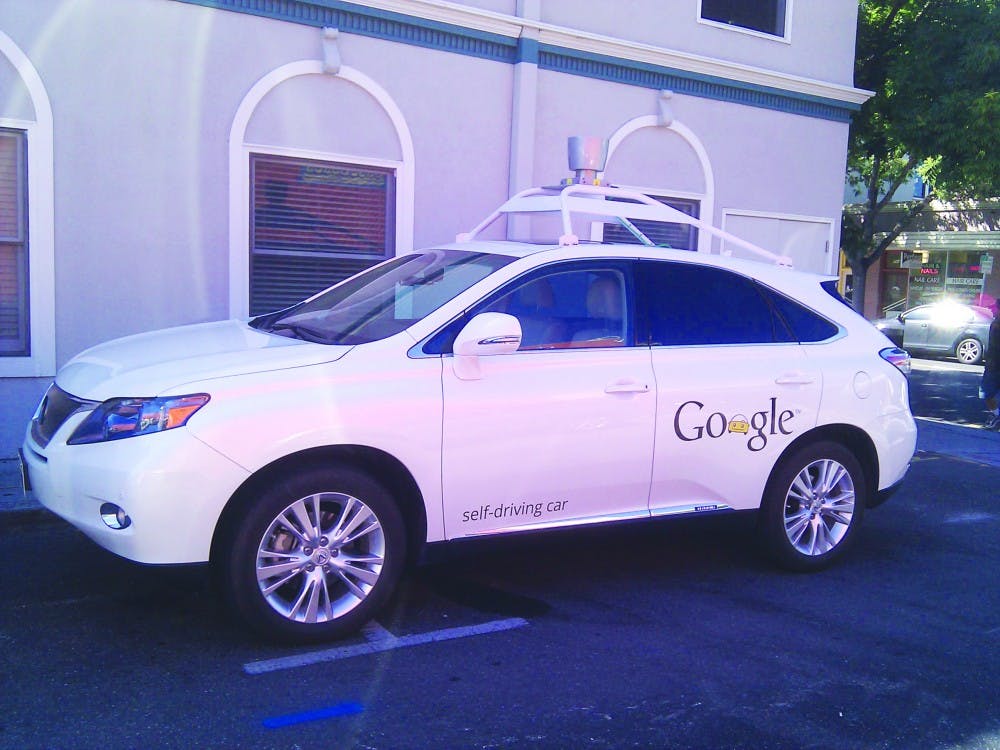Fans of NBC’s hit show “The Office” may recall a scene in which Michael Scott, despite protests from Dwight Schrute, follows his GPS into a lake, submerging his car in the water. While this sequence of events may have garnered laughs from the sitcom’s fans in its day, it has actually become a life-threatening reality — reminding us of the importance of our undivided attention while driving.
“The Office”-like scenario is more common than you may think. In 2015, The Washington Post reported on an accident in which a Chicago man followed his GPS off a partially demolished bridge, killing his wife. In 2011, three women rerouted their GPS when they were lost during a visit to Washington state. They eventually followed it down a boat launch and into a lake, according to The Seattle Times. And just last week on Sept. 10, a man drove his car down a bike path that his GPS confused with a road that had paralleled it. He then turned into the Lehigh River, according to Lehigh Valley Live. And these are just a few examples.
With self-driving cars on the horizon, the temptation to devote attention elsewhere will grow even more. Those who champion the cars say their ability to communicate with one another, and aggregate sources of data it receives from GPS and laser sensors on the road will mean fewer accidents, lower fuel consumption and less traffic jams (something we’re sure those of you who frequent I-81 are happy to hear). But we try to remain cognizant of the fact that — because these machines are made and operated by humans — there will still be room for error.
And there have been errors made already with the partially self-driving cars that are on the road today. In one highly-publicized story, a driver of one of Tesla’s Model S cars died in an accident with a truck in Florida, according to USA today. While no blame has been passed for the incident yet, we do know a few things about this case.
One, the driver apparently had around seven seconds in which he could have made an adjustment to avoid the truck. Two, of the 37.5 minutes during the driver’s trip, he had spent about 30 seconds with his hands on the wheel of his car, something Tesla stresses operators do. The car also apparently prompted him six different times to do so. And three, an investigation conducted by the National Highway Traffic Safety Administration found there were no defects in Tesla’s self-driving system, though Tesla CEO Elon Musk has said that some of the company’s software updates since the crash would have prevented it.
So, it seems even with the small sample size of self-driving cars on the road today, one of the leading causes could still be human error. If anything, the cases presented exemplify how technology can lull us into a false sense of security while operating our cars.



The Slate welcomes thoughtful discussion on all of our stories, but please keep comments civil and on-topic. Read our full guidelines here.